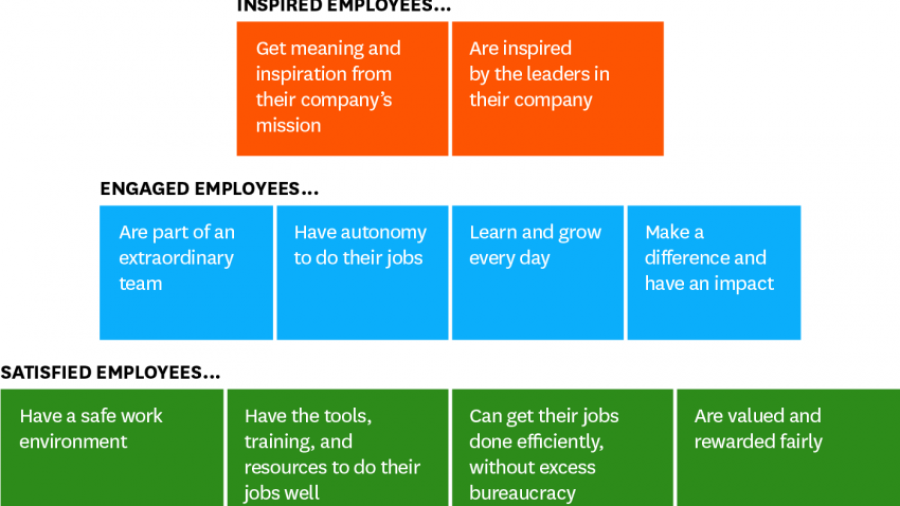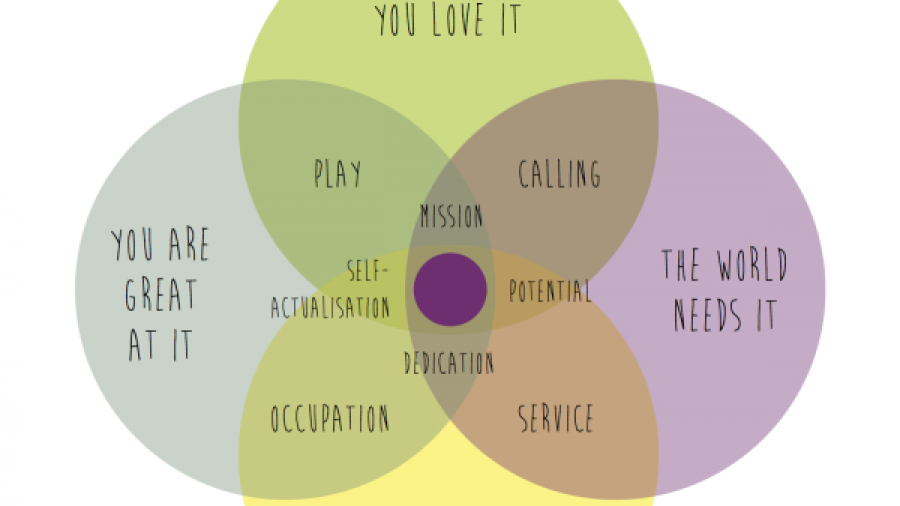Over the past several months, I’ve seen tons of articles come across my desk about companies ditching the annual performance review. GE is the big one. Instead of a formal review process where they used to simply hack off the bottom 10% of performers (talk about archaic and heartless!), they have an app which encourages constant 360 degree feedback.
I am so on the fence about this!
What happens if you have a manager who’s busy, doesn’t like using the app, doesn’t know how to give feedback or simply doesn’t care about the employee’s development? Are managers held accountable for providing feedback to their employees? I’m assuming not, since they’re not being formally reviewed either. Sounds like the employee really gets the short end of the stick here.
To me, this isn’t an either/or situation. We need a culture of both frequent feedback and annual performance reviews.

On frequent feedback:
We need to better train our managers on how to give feedback. It’s easy to tell someone they’re doing a good job (although we probably don’t do it often enough) but it’s much harder to tell someone they need to improve. Managers get uncomfortable with conflict and leave the tough conversations to the annual performance review.
If the frequent feedback we’re giving is negative, make sure to document it. Send a quick recap email to the employee about your conversation. If performance doesn’t improve and you need to terminate the employee, you want everything documented clearly. Just wearing my HR hat over here!
As the leader of the organization, promote a culture of frequent feedback. Publicly praise employees when they’ve gone above and beyond! Institute a recognition system for star performers! When other managers see you doling out feedback (when deserved of course), they will do the same.
Your best employees are ones that want to improve. Giving them frequent feedback throughout the year allows them to make real-time adjustments to working style or output which will bring your middle-of-the-road performers to the top. And that just means a higher functioning organization – win-win!
On the annual performance review:
I think these babies need to stay. They are a formal, structured way to dole out salary increases based on cold, hard, documented facts. It makes me itchy to think about a system in which raise amounts, timing and rationale aren’t documented or consistent.
Annual reviews give no excuses to managers or employees. Both are forced to think about big picture goals, long-term development and how the employee can best contribute to the organization. Isn’t strategic thinking a good thing?
Maybe we simply need to revamp our performance review process? Do away with the seventeen-page document of rate on a scale of 1 to 5 and repetitive, confusing questions and instead talk about:
- Where the employee really knocked it out of the park
- Times they felt like they weren’t performing up to par
- How they want to/can best contribute over the next year
- What is their BHAG (Big Hairy Audacious Goal)
So what do you think? Ditch the reviews or should they be here to stay?

















